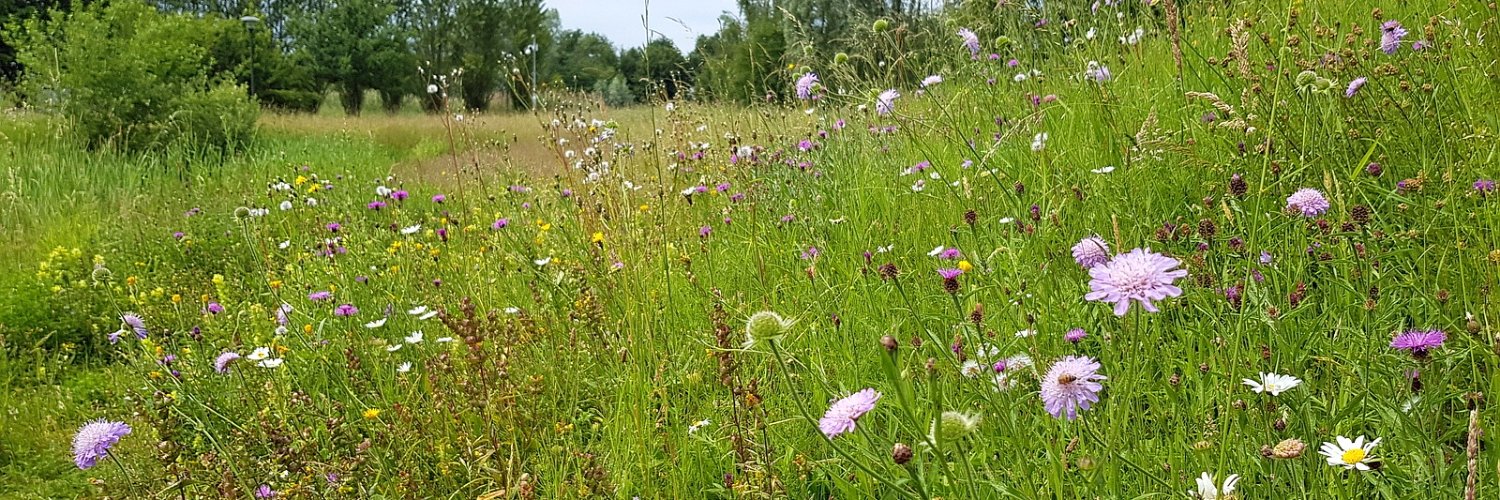
Chris van Swaay
@chrisvanswaay
Ecologist and butterfly expert at @vlinderNL and @europebutterfly. @[email protected].
Lots of butterflies today on the Col de Champs in SE France, inc A paphia valesina. At least 35 species on 100m or so.
In my area on S Veluwe (NL) a new generation of Queen of Spain Fritillary (I lathonia, kleine parelmoer) is out, I counted 13 in a 15min count (plus a Swallowtail P machaon, koninginnenpage). Also many Meadow Brown (M jurtina, bruin zandoogje), top of summer.

A good year for all four Pieris-whites on Dutch Butterfly Monitoring transects. The Southern Small White (P mannii, scheefbloemwitje) seems to be having its highest numbers so far, but also Large and Small White (P brassicae and P rapae) can be seen in large numbers.

For those who just start with butterflying it will be hard to understand just how abundant the Essex Skipper (T lineola, zwartsprietdikkopje) could be on Dutch butterfly monitoring transects in the 1990s.

So far the mean number of butterflies per 1000m on Dutch Butterfly Monitoring transects mirrors 2019 and 2022. But also clear we will have more that 2023 and 2024, which were the worst years since 1990.

Zwart- en geelsprietdikkopje lijken veel op elkaar, maar de mannetjes zijn relatief makkelijk uit elkaar te houden via de geurstrepen op de voorvleugel bovenkant: lang en niet evenwijdig aan de aders bij de geelspriet, kort en evenwijdig aan de aders bij de zwartspriet.

Queen of Spain Fritillary (I lathonia, kleine parelmoer). Unexpected find at one of my transects (NL). The species suffered from the wet 2024 and vanished from many inland sites. The present warm and dry weather makes it time for a come-back.

Ilex Hairstreak (Satyrium ilicis) today at an airbase in South NL. With five people we found six. This once widespread species declined with >90% since 1990 in NL and has now become rare and local.

The 'June-dip' was at the end of May this year (red line) on Dutch Butterfly Monitoring transects. Graph shows mean number per count per week per 1000m transect. Meadow Brown (M jurtina, bruin zandoogje) emerging and the Pieris-whites are starting their second gen of this year

The first half of June is a bad period to look for butterflies in the northern half of Europe, with the spring generations gone and the summerbutterflies not started yet. The map shows the number of butterflies per 1000m on transects and 15min counts in Europe.

Already lots of Silver-washed Fritillaries (A paphia, keizersmantel) in this woodland in Bourgogne (F), all males.
Our earliest (May!)record of a Large Skipper (O sylvanus, groot dikkopje) in NL. Together with some also very early Heath Fritillaries (M athalia, bosparelmoervlinder) and old Sooty Coppers (L tityrus, bruine vuurvlinder) still some butterflies around on the Veluwe (NL).


Numbers now very low on Dutch Butterfly Monitoring transects: the early spring butterflies are over, the summer butterflies haven't really started, and we exterminated the species which could be flying now (as this Pearly Heath, C arcania, photo from last week in Germany).

General pattern on Dutch Butterfly Monitoring transects this year so far: common and widespread species doing relatively well, rare and threatened species struggling, e.g. low densities of Grizzled Skipper (as last year).

The first time I find Eratophyes amasiella (Oosterse Schone) in the trap in the garden, a really beautiful micromoth. The species was probably accidentally introduced in Western Europe, most likely as a caterpillar or pupa, with logs (wikipedia).

The Painted Lady (Vanessa cardui) is a butterfly migrating each year from Africa to Europe and back in fluctuating numbers. Follow the expansion on 15-min counts (butterfly-monitoring.net/bms-methods) on butterfly-monitoring.net/painted-lady-s…

The Sooty Coppers (Lycaena tityrus, bruine vuurvlinder) are out in my area on South Veluwe (NL), and males occupy high places to chase anything that comes near.

After ten months this Brimstone (Gonepteryx rhamni, citroenvlinder) is more or less over. Mission completed.
